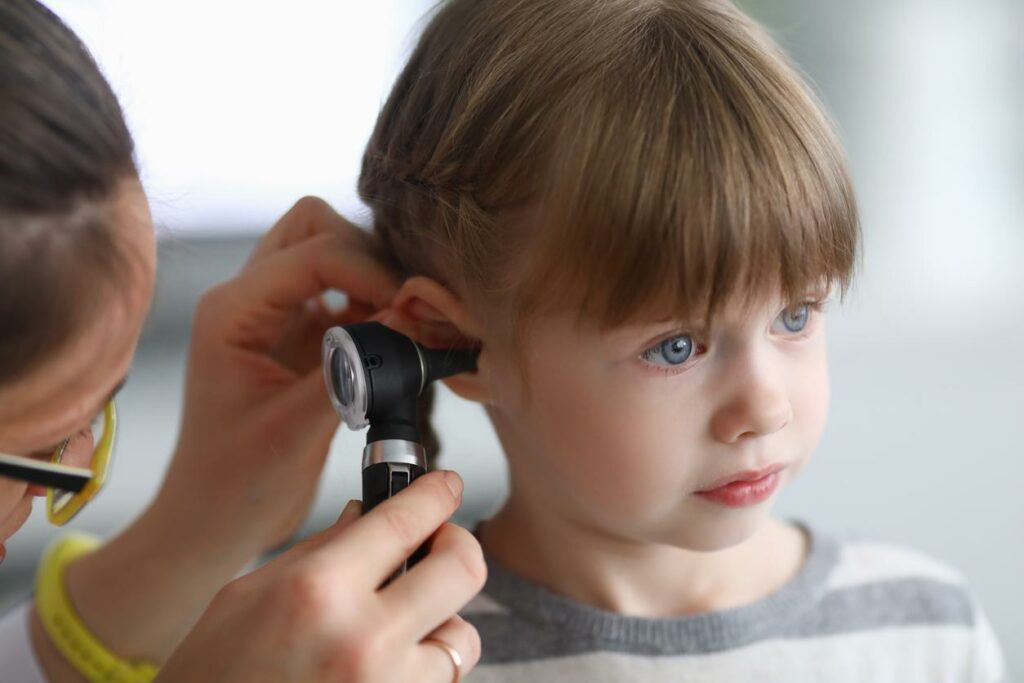
AI tool examines videos from a smartphone app
A research team based at the University of Pittsburgh Medical Center developed a medical grade smartphone application that uses a smartphone camera to capture video otoscope of the tympanic membrane through an endoscope or otoscope. Using the app, the scientists collected a training library of otoscope assessments of children younger than 36 months old who were seen for sick or well visits at two pediatric clinics near Pittsburgh in 2018 and 2019.
Two validated otoscopists reviewed the video and assigned a final diagnosis. They excluded samples when the TM was almost completely occluded by earwax or if the video was out of focus.
Using 1,151 videos from 365 children and the diagnosis information, the researchers developed an AI algorithm to evaluate TM features on the videos and make a diagnosis.
They found that the AI tool has a sensitivity of 93.8% (95% confidence interval [CI], 92.6% to 95.0%) and a specificity of 93.3% (95% CI, 92.5% to 94.1%). The team also administered a questionnaire to parents, who were favorable about the AI tool: 80% wanted the doctor to use the AI tool during future visits. Comments from parent interviews were mostly positive.
Better accuracy, less improper antibiotic prescribing
AI accuracy was better than that of pediatricians, primary care physicians, and advance-practice clinicians, and the authors wrote that the tool could reasonably be used in those settings to help with decisions about treatment.
They said other advantages include use by trained nonphysicians, documentation for the electronic health record, and discussion with parents.
Improved diagnosis can help reduce inappropriate use of antimicrobials for this frequently diagnosed condition.
“Improved diagnosis can help reduce inappropriate use of antimicrobials for this frequently diagnosed condition,” the group added.